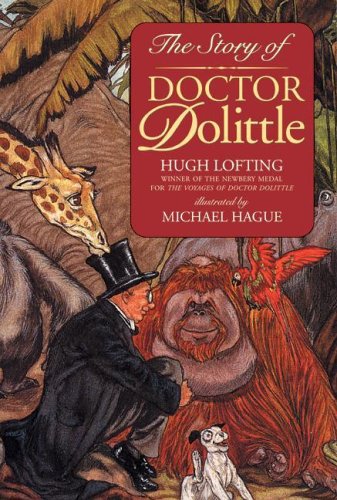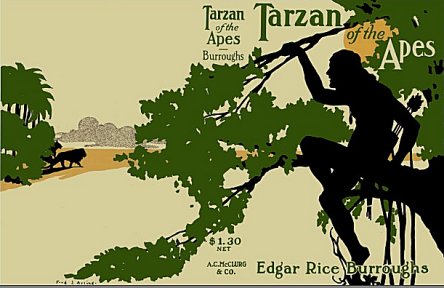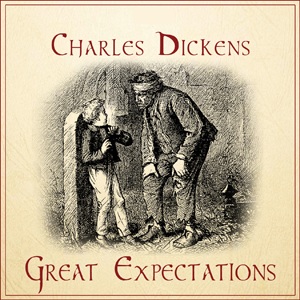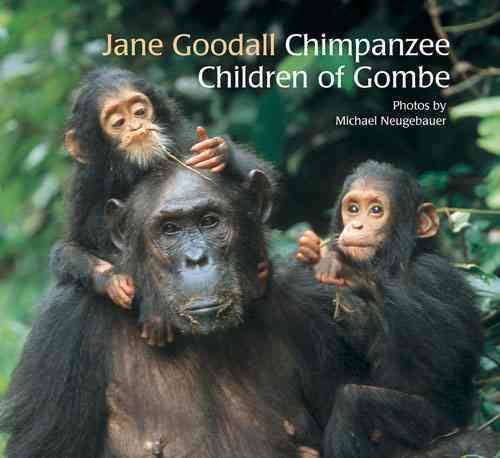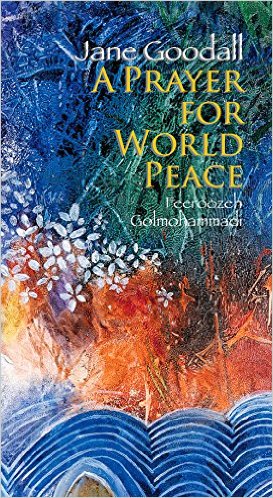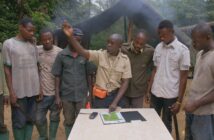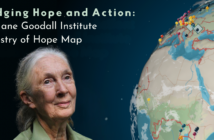Jane Goodall’s All Good News, Stories of Hope
Books were a very important part of my childhood. TV had not been invented so we learned from books and listening to the radio. And from our elders.The first book that really made an impression was The Story of Dr. Doolittle by Hugh Lofting. An English country doctor who lived in Puddleby-on-the-Marsh who was taught how to speak to animals by his parrot, Polynesia. His amazing household ranging from Jip, the dog and Whitey the white mouse to Dab Dab the duck who took over as housekeeper when the Doctor’s sister left in a huff because he would have animals in the house and she found mice nesting in her linen cupboard.
Mum got it for me from the library – we could not afford new books. I read it at least twice before it had to go back. In fact I loved it so much that Danny (my grandmother, with whom Mum, my sister Judy and I went to live after war broke out and my father joined up in the army) gave it to me as a great treat for Christmas, 1944. It was one of the most exciting presents I remember – my very own book!
Judy and I had a few pennies of pocket money each week and I saved mine up for books. There was a magical second hand bookshop, run by a gnome of an old man, Arturio. He would buy lots of books sold from people’s libraries. The shop was tiny and the shelves were close together. Little lighting – saving energy for the war effort. And the books were no longer organized properly on the shelves and all the new lots were piled higgledy-piggeldy on the floor. I would spend hours crawling around. And I found such treasures. And one of the books that I could just afford to buy was Edgar Rice Burroughs Tarzan of the Apes. I had just enough money to buy it. I read it from cover to cover up my favorite tree in Danny’s garden, Beech. I fell in love with Tarzan and was very jealous when he married the wrong Jane!
In fact I loved Tarzan so much that Mum saved up to take me to one of the early Tarzan movies. Soon after it began I burst into tears and had to be taken out. “Whatever is the matter?” Mum asked. “That wasn’t Tarzan” I sobbed. That gives us pause to think of the effect that TV had on children’s minds. My imaginary Tarzan was very different from Johnny Weismuller – today children have far less opportunity to use their imaginations, and their images of favorite characters in books are shaped by the actors chosen to enact the parts.
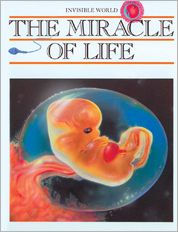
The Miracle of Life was acquired by Danny who saved up coupons on cereal packets – in those days you were not required to send in money along with the coupons – the coupons alone was all that was needed. It was not a book intended for children, but it was my bible and I spent hours studying and learning from it. I also loved the real Bible – I loved the poetry of the prose, and would read many of the passages aloud to myself. And I was also in love with the plays of William Shakespeare.
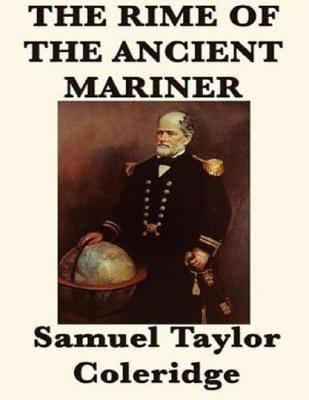
Every year my school had a prize for the best essay on whatever subject was chosen for us. To my huge delight (for I wanted to write from a very early age) I won – twice! One year the prize came with a sum of money to use for buying a book – I don’t remember how much, but it was a fortune to me. Of course, I went and spent a glorious time in Arturio’s. And with my newly acquired riches I was able to choose about 12 books. Several were poetry books and a very special treasure was Samuel Taylor Coleridge’s The Rime of the Ancient Mariner illustrated with fantastic engravings by Gustave Doré. It measured 20 by 15 inches. The prize was to be handed over at Speech Day by Countess someone-or-other, and I took my collection to the headmistress so that she could stick a McNeal Essay Prize label inside them. She burst out laughing – “I cannot ask the Countess to deliver your prize in a wheelbarrow!” she said. I was allowed to pick two – but she kindly stuck labels in all of them.
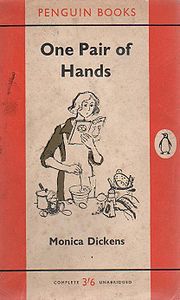
When I finally set off for Gombe many people felt it would be a wonderful opportunity for me to spend hours reading. A couple of people even suggested I take a good book to read while I was waiting for chimpanzees to arrive in a fruiting tree, or when I was sitting, hoping to see some, on the peak. I was shocked: how could I be immersed in the world of the wild chimpanzees if I was reading books about another place, another time. But I did have one book with me – I was reading it when I left London. It was Monica Dickens One Pair of Hands. I read it many times when I had malaria!
Books and Technology
Because I love books so much I was initially aghast at the idea of audio books, and even more by e-books. But now I find them invaluable when I am on the road. Print books are heavy and I can take a great choice of e-books. And when I go to bed each night my mind is so full of the events of the day, all that must be done, that sleep seems impossible. But now I can fall asleep as I lie, listening with my eyes closed, to a well-loved book. And some recordings bring a book to life – my collection of 6 books by Charles Dickens read by Martin Jarvis is what I am carrying around on this tour.
On 20th April I picked up a Wall Street Journal to read on one of our many plane flights. And I found an article titled “How Tech is Bringing Readers Back into Bookstores”. A few years ago it seemed probable that independent book stores would soon be a thing of the past. And was intrigued to read how independent bookstores are now actually doing better than their big rivals such as Barnes & Noble and Borders.
The example given was a bookstore in New York, Shakespeare and Co. Bought when it was operating at a loss its new owner closed it, redesigned the interior giving less shelf space for books, stocking few titles, but installing an Espresso Book Machine. This will print a book in 5 minutes or less, and customers can choose from over 7 million titles. The books will look the same as those printed and sold by publishers. And in addition people can self-publish – family histories, novels they have written and so on.
Sales from September 2015 to March of this year are up 10% from same time period the year before. And a small café along with tables and chairs provide a place for customers to have a cup of coffee, talk and feel a sense of community.
The Library
Our local library was a very important part of my childhood. As I have said, we had little money and so most of our books came from the library. Today libraries are desperately important in many disadvantaged communities, and are still of great value everywhere. In fact, the library is so important that I shall post a blog about them soon, for I have gathered some very fascinating information.
My books
As I have said, I always wanted to write books – and I have written more than 30 books, some with co–authors. The first, In the Shadow of Man, was translated into more than 50 languages when originally published, and was a best seller. I wrote it on a typewriter in the Volkswagen camper that Hugo (my first husband) and I had bought and parked, as my office, when he was photographing wild dogs on the Serengeti. And that is where I wrote my share of Innocent Killers, co-authored with Hugo. This is about wild dogs, hyenas and jackals. My chapter about the hyenas of Ngorongoro is one of my favorite pieces of writing – they are such entertaining, wonderful characters.
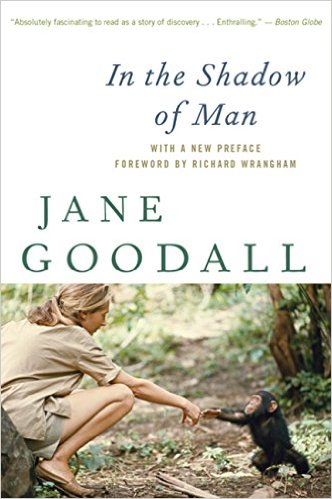
Through a Window – the sequel to In the Shadow of Man – was written in Bournemouth, in my little attic room at the top of the house. One thing I remember vividly – I was using a laptop by this time. I had just finished the chapter on mothers and infants – all those so loved chimpanzees such as Flo, Olly, Melissa, Passion and so on. I was preparing to go and join my family who were sitting on the lawn on a beautiful summer evening. And I pressed the delete button by mistake! And I could not retrieve it. I felt like bursting into tears, or shouting and screaming. But I had spent the last few hours in a very good place. The ideas and words had come together. So I took a deep breath and started the chapter again. I spent two more hours writing really fast. Completed the whole chapter – and I think it was even better than before!
Several of my books were with a co-author – my life of almost constant travel leaves so little time for writing. Two of them, Visions of Caliban and The Ten Trusts have the contributions of co-authors Dale Peterson and Marc Bekoff in italics. In Reason for Hope every word was written by me. And only when I found Gail Hudson did I really enjoy working with a co-author. Creating Harvest for Hope, Hope for Animals and their World and Seeds of Hope with Gail was a wonderful experience. We collaborated in the best possible way and her contributions were hugely important. Bless you, Gail!

In addition to writing for adults, I have loved writing for children. The first of these, My Life with the Chimpanzees, was written at Gombe during a series of rainy days – it was the only book that was first hand written on paper – the words just flowed from my pen and needed but little revision. I love writing it, and have recently recorded an updated audio version.
Most of my other children’s books were in collaborations with Michael Neugebauer. His company, Minedition is in the children’s book business. The first of these was The Chimpanzee Family Book featuring Fifi and Melissa and their offspring – and most recently we produced The Chimpanzee Children of Gombe, using many different photos from the same period. Our other children’s books are illustrated by some of the fantastic artists that Michael collaborates with. Just look at the paintings in the three books illustrated by Alan Marks: With Love, featuring some of my favorite Gombe stories; Ricki and Henri, that tells the story of how one of our sanctuary orphans was adopted by a dog; and in Dr. White, the tale of a little stray dog that always knew which were the most needful patients in a London children’s hospital, and lay beside them on their beds. And Alexander Reichstein, the artist who created wonderful illustrations of the birds featured in the fable of The Eagle and the Wren.
My latest contribution, A Prayer for Peace, is a revised and illustrated version of the prayer that I wrote some time ago. And I met and was so impressed by the Iranian artist, Feeroozeh Golmohammadi, who illustrated it.
For more information about Dr. Goodall’s books, click here.



